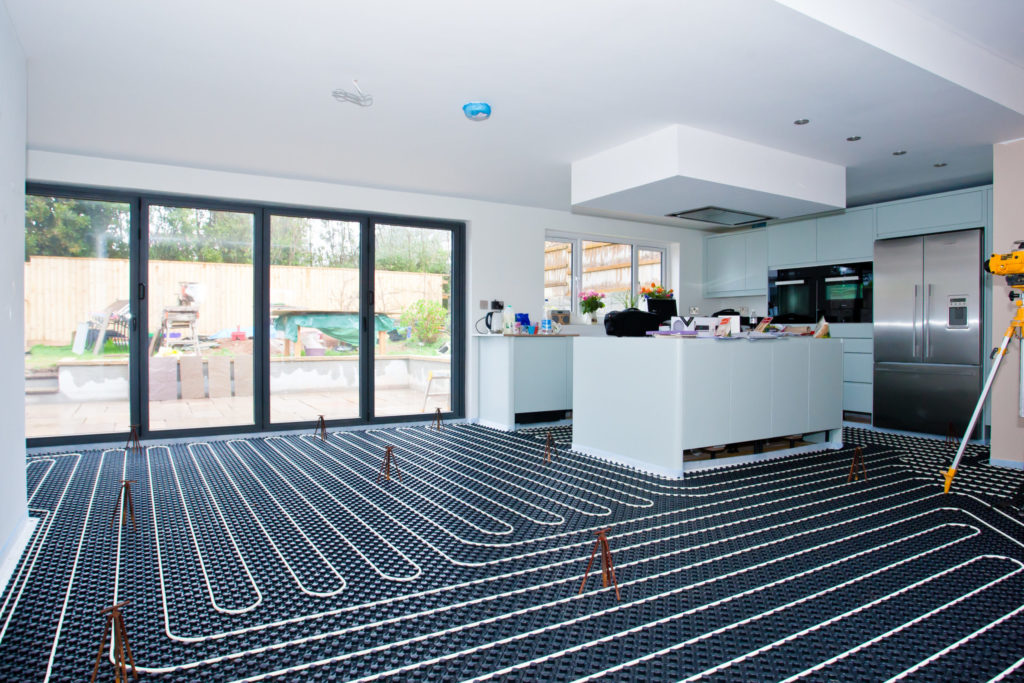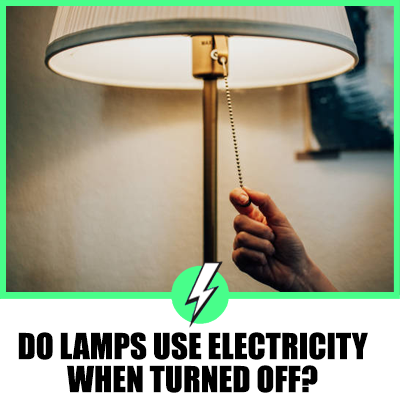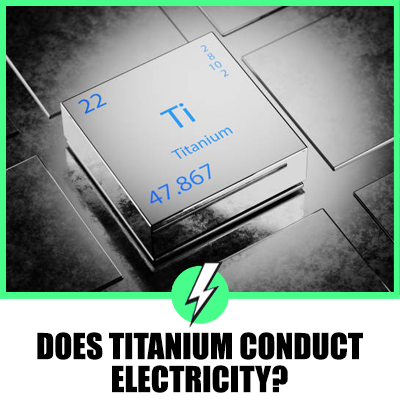Do You Need An Electrician To Install Underfloor Heating?
Which should you choose: Electric underfloor heating or hot water underfloor heating? Which is more affordable to buy and install?
There are two types of floor heating, and you’ll need an electrician for one of them. Electric underfloor heating is easy to install and costs around 50% less but more to run. Hot water pipes laid under the floor are easier for maintenance but cost more to install.

Contents
Can you install electric underfloor heating yourself? underfloor
Yes, installing electric underfloor heating is simple. The heating system is likely to be supplied as a mat that is trimmed to fit your floor area, or it’s supplied in a roll, and you simply roll the mat out and trim it to size.
Before installing electric underfloor heating, it’s a good idea to install some insulation so you are not wasting heat from downward heat absorption.
You will need an electrician to make the final connection to the circuit before you can tile over the electric underfloor heating elements.
How do I know what type of underfloor heating you have?
If you have moved into a property with existing underfloor heating, how can you tell if it’s electric or hot water underfloor heating run of your boiler?
If your thermostat is connected to a manifold system, you certainly have a hot water underfloor system installed on your property.
An electric underfloor heating system will have what appears to be a normal thermostat mounted on a wall.
Does underfloor heating need a separate thermostat?
Yes, when you install underfloor heating, be it hot water or electricity, you will want a thermostat for each room that the heating mat is in. This will allow you to control the heat level in each room.
Are there any regulations for fitting electric underfloor heating?
Yes, your underfloor heating will come under the building regulations in two areas.
Part L
- Part L. Part L regards energy efficiency. The regulation is based on conserving fossil fuels like gas, and if possible, you should use your solar energy as an available alternative.
- Planning permission does not need to be sought to install underfloor heating, but you need to be sure that the heating system meets the U installation value of part L. The U value is an overall measurement of the insulation effectiveness in your property.
- Part L states that all floors must have a U value of less.
- To achieve these standards, underfloor insulation will need to be installed to reduce the level of heat loss.
Part P
- Part P regards your electrical installation and states that if a circuit is added to your property, it is a notifiable job, and you need a qualified, accredited competent electrician to complete the electrical side of the installation
What is the maximum temperature for electric underfloor heating?
32℃ or 90℉. Underfloor heating is designed to provide a pleasant background heat rising from the floors of your home, a suitable temperature to set your thermostat at is around 22℃.
Any hotter than 22℃ could see you opening windows to cool your home down; what a waste of energy!
Can underfloor heating start a fire?

The only way electric underfloor heating could cause a fire is if the installation was incorrect and the heating wires have been damaged.
Electric underfloor heating is very safe if installed properly.
Is underfloor heating safe in a bathroom?
Yes, electric underfloor heating, also known as dry underfloor heating, is perfectly safe in a bathroom,
The heater elements are designed so that water will not affect them, and as double insurance, there is a circuit breaker dedicated to the system that will trip as soon as a fault is detected.
Should you keep underfloor heating on all the time?
Yes and no. As the colder months roll in, it is advisable to keep your electric underfloor heating switched on constantly. Don’t forget a thermostat regulates the temperature, so the heating switches off when the room temperature is warm.
Like most heating systems, underfloor heating does not instantly heat your room. It can take a few hours for your rooms to meet the desired temperature.
Is underfloor heating expensive to run?
It will add to your energy bills. When using underfloor heating, this will be the primary source of heating in most homes, and you will do away with your old wall hanging radiators and enjoy a home without cold spots.
Dry floor heating is by far the easiest to install and can be done as a DIY project except for the electrician. You can consider it would take you 50% of the time to install a wet underfloor heating system.
Dry Underfloor heating is around 35% less to buy than a wet underfloor heating system.
You can expect at current electricity rates to add 10 p per ㎡ , which could be quite expensive if you have your entire home with dry underfloor heating.
Is dry underfloor heating easy to retrofit?
Yes, it’s the easiest system to retrofit for a few reasons, less upheaval in the home and the speed of installation.
Dry underfloor heating barely affects your floor height, so you may only need to make minor adjustments to doors and kitchen plinths.
Is underfloor heating a good idea for an older property?
Often, older properties have uneven floors or floorboards that are attractive but have an airflow cavity beneath them to control dampness.
If this is the case, you would need to cover the existing floorboards with insulation and then proceed with dry underfloor heating on top.
This would raise two issues, you have lost the aesthetics of the original boards, and now you have raised the floor level.
It is possible if the property is undergoing a renovation and new floors are being fitted, but other than that, maybe you can install a bathroom as a small project.





